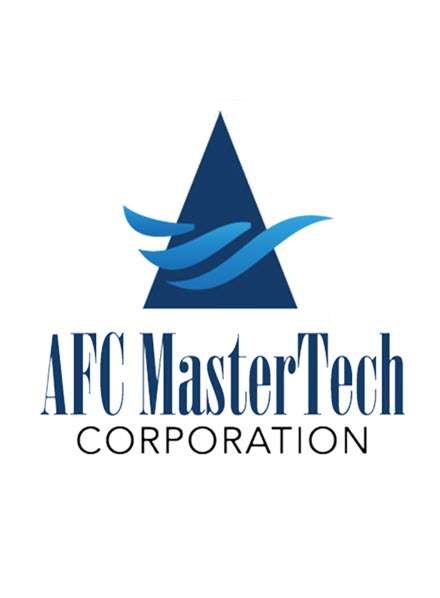Designing and setting up a restaurant is akin to crafting a unique masterpiece. Every detail, from the layout to the decor, plays a pivotal role in defining the restaurant’s ambiance, functionality, and overall success. A well-executed restaurant fit-out can set the stage for a thriving establishment. In this article, we’ll delve into the essential considerations for creating the blueprint of success in restaurant fit-outs.
1. Concept and Theme
The foundation of any restaurant fit-out is the concept and theme. Define the restaurant’s identity, ambiance, and target audience. Whether it’s a cozy cafe, a chic bistro, or a fine dining establishment, a clear concept guides all subsequent design decisions.

You’re probably asking yourself the same question Arriz has asked herself plenty of times: if a home is newly built, shouldn’t it be perfect? Absolutely, says Marnie Oursler, owner of Marnie Custom Homes in Bethany Beach, Del., and host of DIY Network’s Big Beach Builds.
2. Space Utilization
Efficient space utilization is critical. Maximize the use of available square footage to accommodate both diners and staff while maintaining comfort and functionality. Consider the flow of patrons, staff, and food from entry to exit.
3. Seating Arrangements
Choose seating arrangements that align with your concept and accommodate various group sizes. Balance between maximizing capacity and ensuring guest comfort. Factors such as booth seating, communal tables, and private dining areas should be carefully considered.
4. Interior Design
The interior design sets the mood and character of the restaurant. Select appropriate color schemes, decor, and furnishings that align with your concept. The design should create a cohesive and inviting environment for diners.
5. Lighting
Lighting plays a significant role in ambiance. Adjust lighting levels and fixtures to suit different areas of the restaurant. Use lighting to highlight focal points, create intimacy, and establish the desired atmosphere.
6. Acoustics
Consider acoustic design to control noise levels. Proper sound-absorbing materials and strategic placement of furnishings can minimize noise, allowing for comfortable conversations and a pleasant dining experience.
7. Kitchen Layout
Efficiency in the kitchen is paramount. Plan the kitchen layout to optimize food preparation and service. Ensure that the kitchen design facilitates a smooth workflow, minimizes errors, and maximizes food quality and speed.
8. Restrooms and Hygiene
Clean and well-maintained restrooms are essential. Pay attention to restroom design and hygiene to reflect the restaurant’s overall cleanliness and attention to detail. A positive restroom experience contributes to overall customer satisfaction.
9. Branding and Identity
Consistency in branding elements, such as logos, signage, and menu presentation, reinforces the restaurant’s identity. Create a strong brand presence to foster recognition, loyalty, and a cohesive restaurant experience.
10. Compliance and Regulations
Ensure that the fit-out complies with local building codes, health regulations, and safety standards. Meeting these requirements is crucial for the safety and well-being of staff and customers.
11. Flexibility for Growth
Design the fit-out with flexibility in mind. Consider future growth, changes in trends, and technological advancements. An adaptable design allows for easy adjustments to stay competitive and relevant in the market.
12. Budget and Timeline
Establish a clear budget and timeline for the fit-out project. Strive to maintain financial discipline while delivering the desired design and quality within the specified timeframe.
13. Quality Materials and Craftsmanship
Invest in quality materials and craftsmanship to ensure the fit-out’s durability and longevity. High-quality finishes and fixtures not only enhance aesthetics but also reduce maintenance costs in the long run.
In conclusion, a successful restaurant fit-out begins with a well-conceived plan that encompasses concept, space utilization, interior design, and more. Every detail, from seating arrangements to restroom hygiene, contributes to the overall dining experience and can influence customer satisfaction and loyalty. Restaurant owners and operators should approach fit-outs with careful consideration of these key factors to set the stage for a thriving and enduring establishment.







